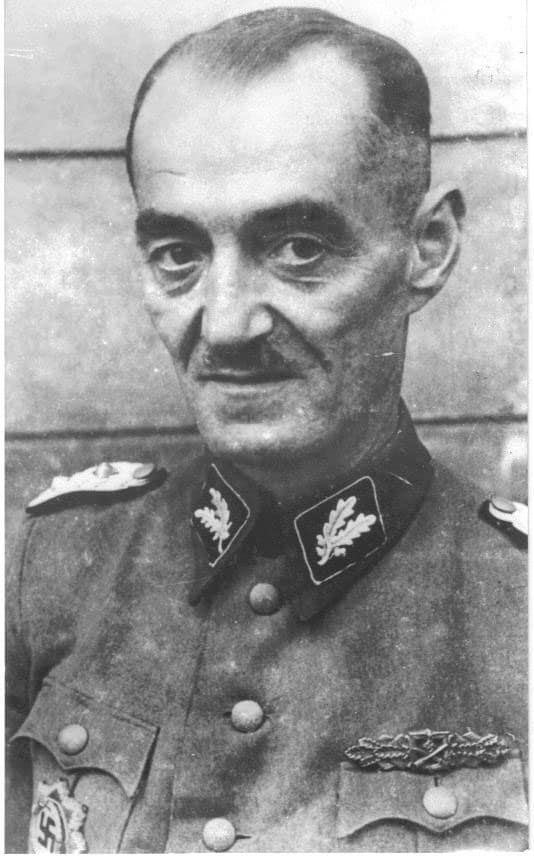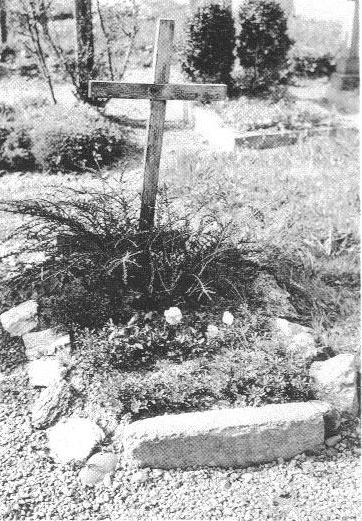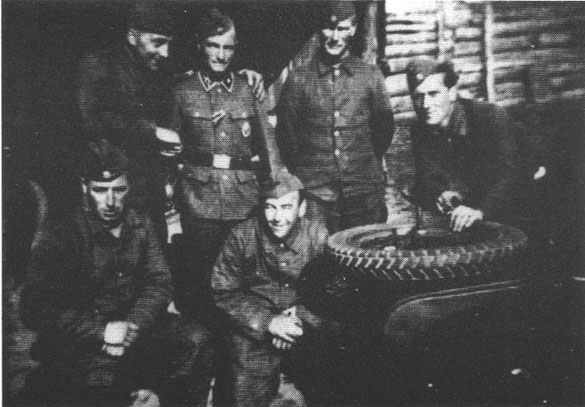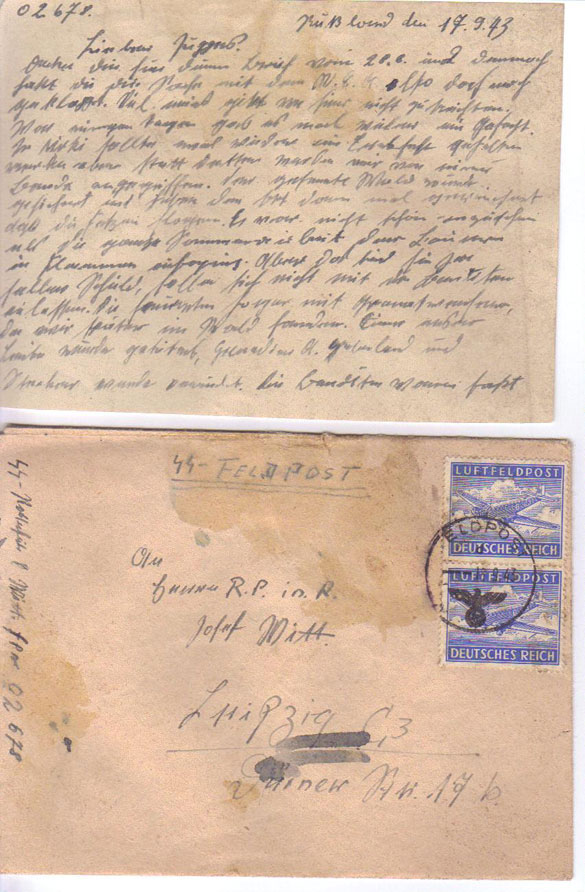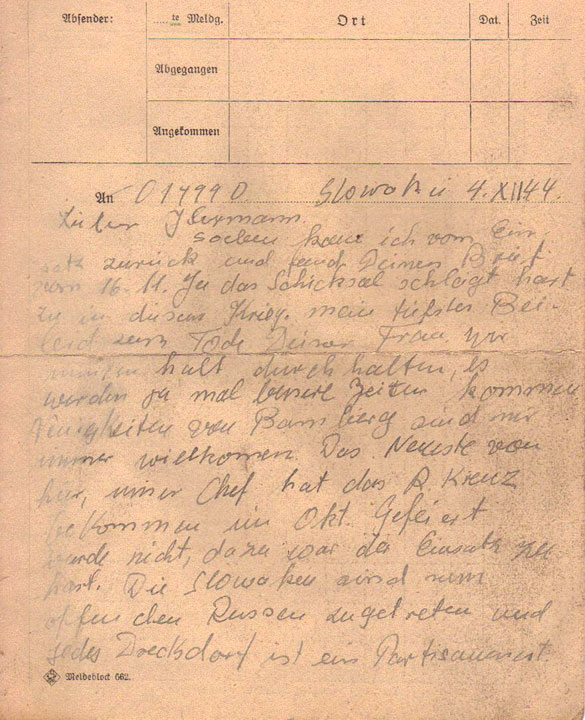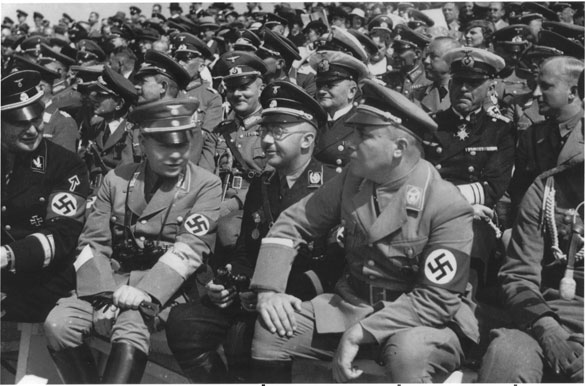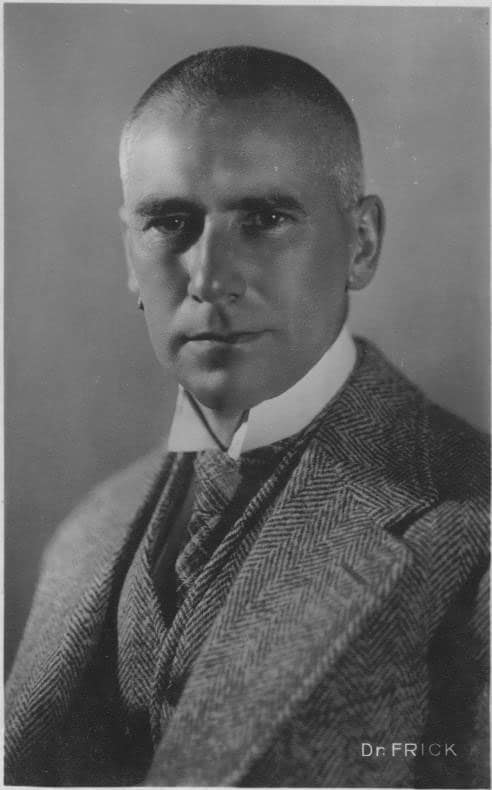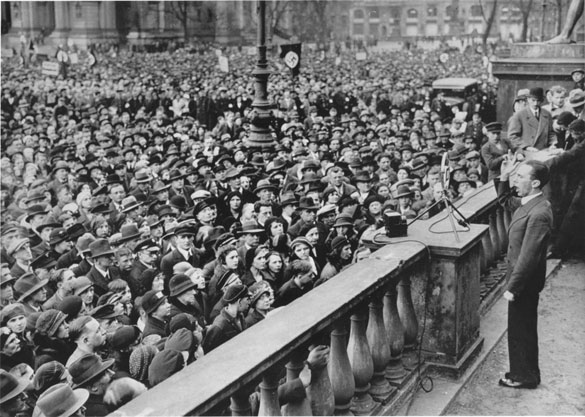George Custer
George Armstrong Custer, Civil War hero and Indian War immortal, was born in New Rumley, Ohio on December 5, 1839. “Autie” was admitted to the United States Military Academy (West Point) in 1858. He would graduate last in his class in 1861, after which he went directly into the Civil War. Showing numerous examples of courage under fire, Custer was promoted to brevet Brigadier General in 1863 and given command of a cavalry brigade. On July 3, 1863, Custer led his unit in an attack against Confederate cavalry, causing the enemy to withdraw. A year later, George Custer married Elizabeth Clift Bacon.
After the Civil War, the U. S. Army dramatically shrank in size and Custer found himself a lieutenant colonel and commander of the newly formed 7th Cavalry Regiment. He led this unit against the Southern Plains warriors at the Battle of the Washita River in November 1868. In 1873, Custer led an expedition of the cavalry to protect a railroad survey party. The following year, Custer led an expedition into the Black Hills – sacred territory to the Lakota tribe – and discovered gold.
Custer gained permanent fame (or infamy) on June 25, 1876, when he led the 7th Cavalry Regiment against a huge Lakota and Northern Cheyenne village along the Little Bighorn River. Dangerously splitting his command, Custer led five of the twelve cavalry companies around the east flank of the village. Two hours later, his entire command lay dead. The remnants of the regiment withdrew to what would later be called “Reno Hill.” Putting up a stiff resistance for two days, most of these troopers survived the battle, unlike their regimental commander.
George Custer’s mutilated body was initially buried on the battlefield. The Army later removed his remains and transferred them to the military cemetery at West Point. His widow, “Libbie,” continued to defend the honor and capabilities of her deceased husband, until she died in New York City on April 4, 1933.
